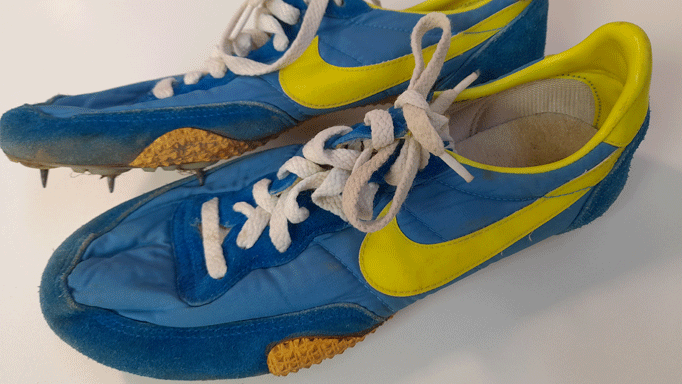1. Running spikes
Prof. Rob Wilby
The global sports market is forecasted to top US$700 billion by 2026; individual mega sporting events like the Olympic Games can attract TV audiences exceeding 3 billion people. Popular sports such as soccer also have hundreds of millions of active players worldwide.
This means that event organisers, sponsors, teams and elite athletes have considerable visibility and with that the power to influence attitudes and behaviours around sustainability. However, the global sports industry also has considerable impacts on the environment. For instance, the carbon footprint of the Birmingham 2022 Commonwealth Games was an estimated 240,000 tonnes – equivalent to the annual total of more than 20,000 UK citizens.
My research into the impacts of sport on climate considers how the sector can better measure and manage greenhouse gas emissions. The work also uncovers major gaps in our knowledge about the impacts of ‘everyday’ and grassroots sport. Little is known about emissions from women’s sport, those from under-represented continents (such as Africa and South America), or popular but seldom studied sports (like cricket, tennis, and volleyball). So, next time we put on our running shoes let’s stop to think about how we can lighten our footfall in every sense of the word!

More about Rob's research
More about Rob’s research:https://www.lboro.ac.uk/subjects/geography-environment/staff/rob-wilby/#tab2
Read Rob’s publication about the impacts of sport on climate: https://nyaspubs.onlinelibrary.wiley.com/doi/full/10.1111/nyas.14925